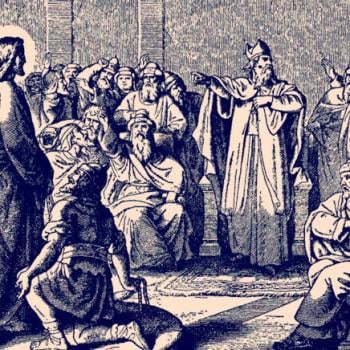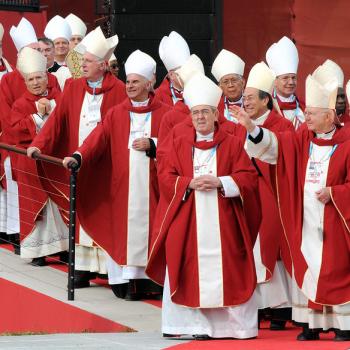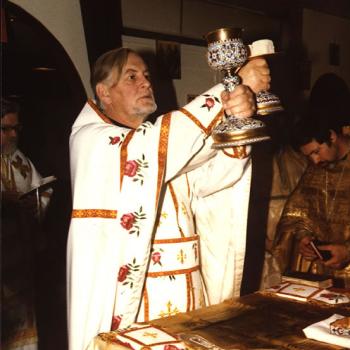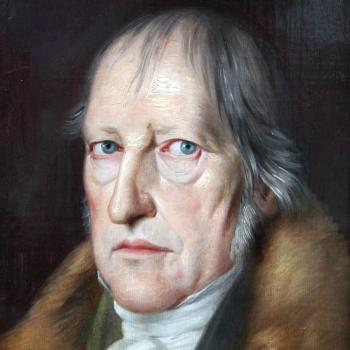Luther used bar tunes in his hymns, right? So we too can use the pop music of the entertainment industry for our church songs, right? Once again, as I have explained before, a “bar tune” in music history is NOT a song that was sung in our kind of “bars”! Peter Berg explain:
Luther did not use bar songs but rather his own creations and the musical heritage of the church catholic. The term bar refers to the type of staff notation used in medieval musical composing. . . .
The musical notation was simply a repeat sign, known in Luther’s day as a “bar”. Yes, believe it or not, some wacky American Lutherans saw Luther’s reference to “barred music” in German and changed the repeat sign into a pub! Why did Luther write positively about “bar(red) music”? Because it describes the musical form A A B. He thought that the repetition of the music of the first phrase would help in learning, and then the B phrase would give the balance of variety. Hence, many chorales are written in this way. The reason “bars” were used for notating this form was used to save ink & paper. Today we simply call these “repeat signs”. You see this even in 19th and early 20th-century hymnals: the music for the first line ends with a repeat sign, and then the second verse of the first stanza is written in.















